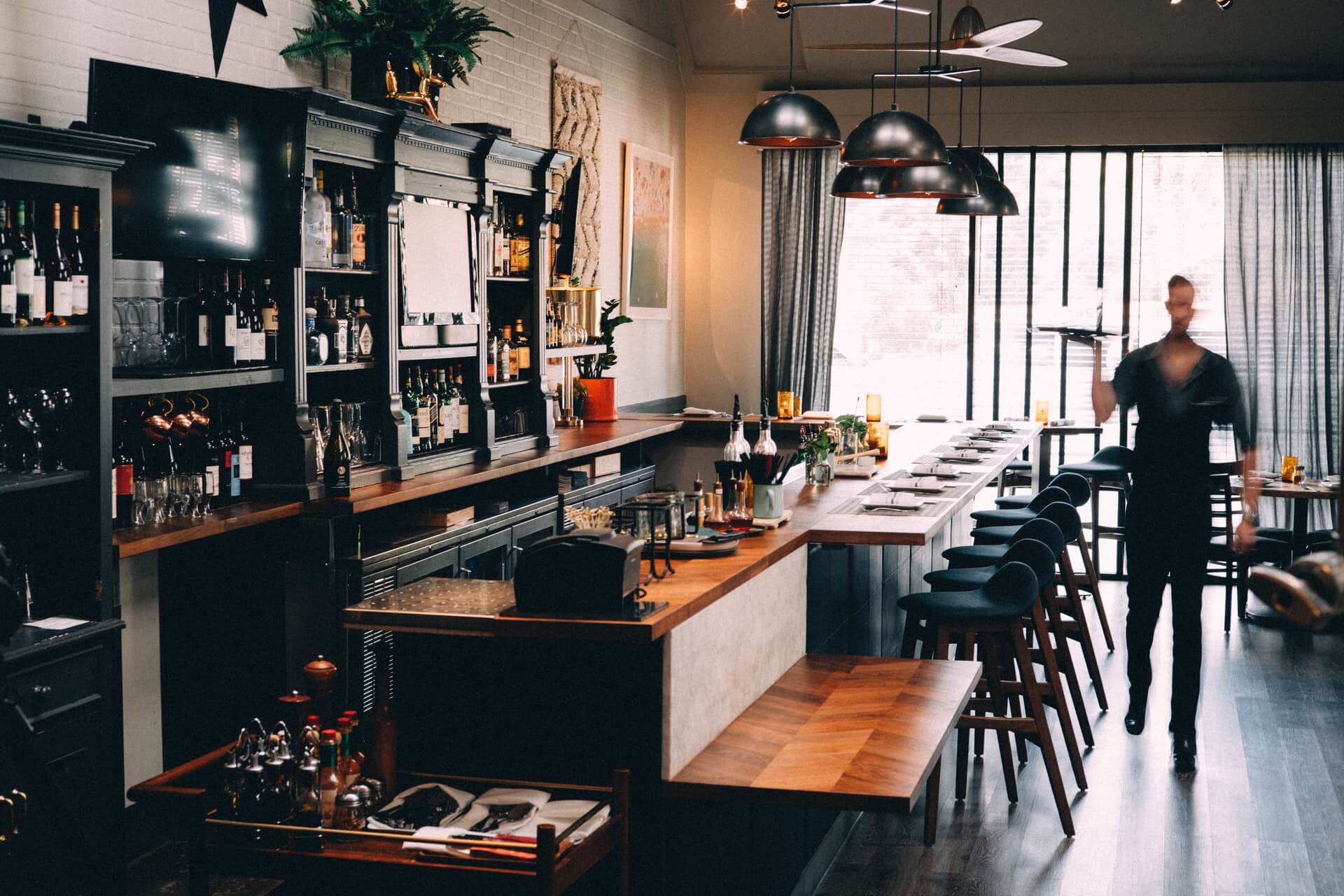The 30 Days of Bourbon Challenge
by David Klemt

Today marks the start of Bourbon Heritage Month, the celebration of America’s native spirit.
Unlike National Bourbon Day, which takes place in the US on June 14, September provides us with a monthlong bourbon celebration.
I, for one, couldn’t be more excited to revisit some of the bottles in my home bar.
But there’s another way to celebrate Bourbon Heritage Month. And operators can participate.
Bourbon & Banter
In 2011, bourbon devotee and advocate Patrick Garrett founded Bourbon & Banter.
A team of devoted contributors soon followed and developed.
Bourbon & Banter’s initial mission was simple but powerful: “to spread the Bourbon Gospel.”
However, over the course of ten years, that mission has evolved. A robust community has formed around Bourbon & Banter. Today’s mission is to continue building that community while helping others “drink curious.”
Bourbon & Banter reviews bottles, keeps readers and followers current with relevant news and events, sells merchandise, and more.
But there’s something else this dedicated bourbon bunch does. Something that celebrates Bourbon Heritage Month.
30 Days of Bourbon
Normally, the first of the month is reserved by KRG Hospitality for a roundup of weird holidays. However, we’re disrupting our regular programming in the name of bourbon.
Bourbon & Banter is challenging bourbon aficionados, casual bourbon drinkers, and the bourbon-curious to participate in a monthlong challenge.
The premise of 30 Days of Bourbon is simple: drink a new bourbon every day for the entirety of September.
Equally as simple are the rules:
- Only bourbons count. Sure, drink whatever you want. But only bourbon counts toward the challenge.
- Tennessee whisky counts, as technically it’s bourbon. We don’t make the rules for whiskey or this challenge, so don’t @ us.
Speaking of technicalities, Bourbon & Banter provides the following in terms of what differentiates one bourbon from another:
- Mash bills within a single brand: Each of Four Roses ten mash bills are unique and therefore count as individual bourbons. The same holds true for their limited editions and Small Batch blend.
- Single barrel bourbons: Using Blanton’s as the example, the stoppers don’t indicate separate bourbons—the barrels do. So, look for different barrels or they don’t count as different bourbons.
- Proof: Bourbon & Banter says Evan Williams Black and Green Labels are the same but that White Label is different due to the rules for bonded bourbons.
- Non-distiller producer (NDP) bourbons such as those from MGP count as the final products differ from one another so greatly.
Accept the Challenge
Bourbon & Banter have created a convenient 30 Days of Bourbon calendar. beyond that, they’ve also made logo overlays for participants to use as they post about their progress.
Operators can participate by offering a special or otherwise highlighting a different bourbon each day in September. Encourage guests to return and track their progress using Bourbon & Banter’s calendar.
Use social media to announce the day’s bourbon or mark personal progress. Operators and participants should use the hashtags #30DaysOfBourbon and #BourbonHeritageMonth.
Obviously, operators should give credit to Bourbon & Banter for this challenge and their calendar, so make sure to tag their accounts: Instagram, Twitter and, Facebook. Also, visit them on YouTube and check out their Patreon.
Additionally, Bourbon & Banter has been asking participants to donate $30 to the charity of their choice during the 30 Days of Bourbon challenge for the last five years. Founder Garrett has also been rewarding participants with bourbon-related prizes randomly.
Of course, operators can also come up with their own rewards for completing the challenge at their venue.
Cheers!
Image: Josh Collesano on Unsplash







